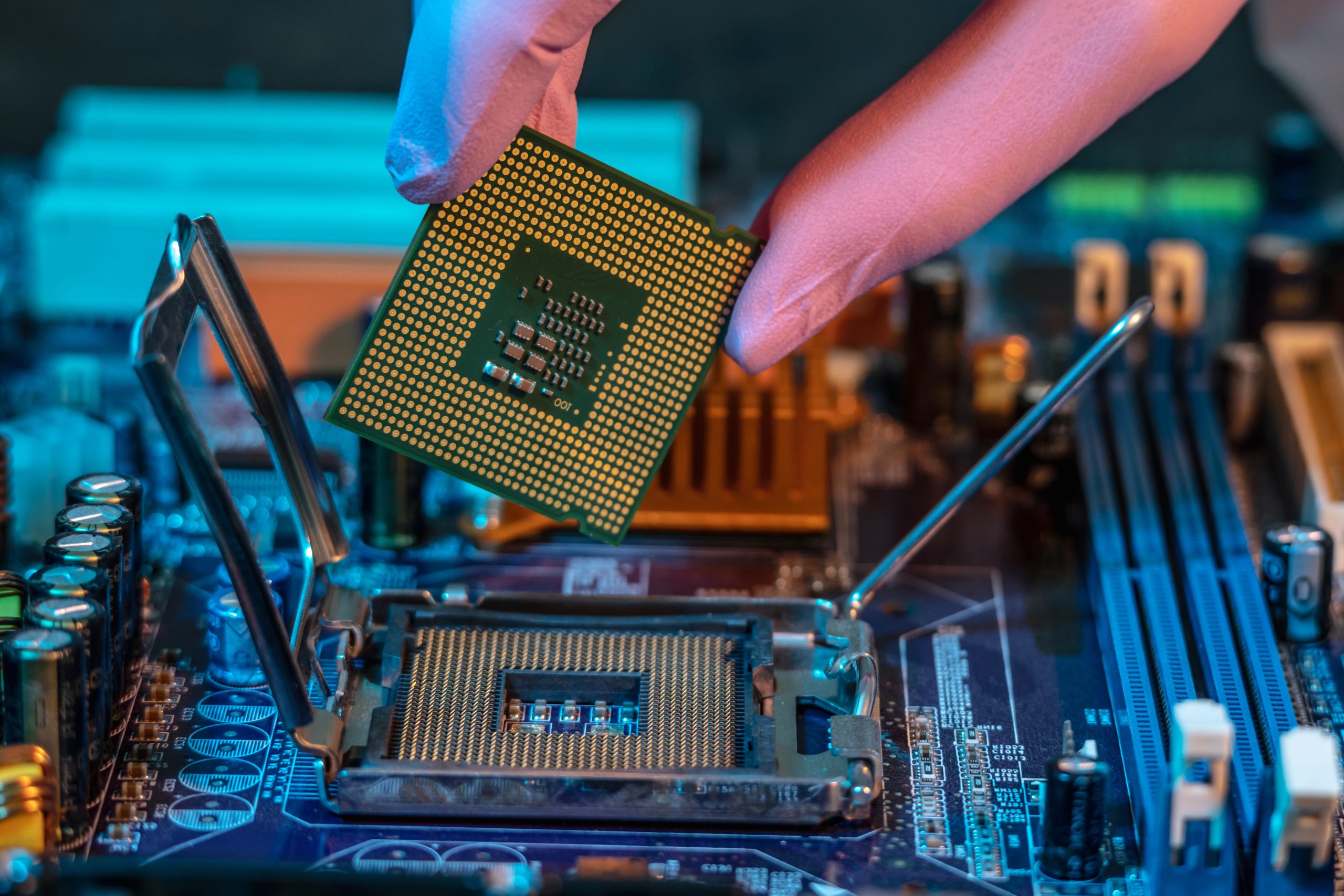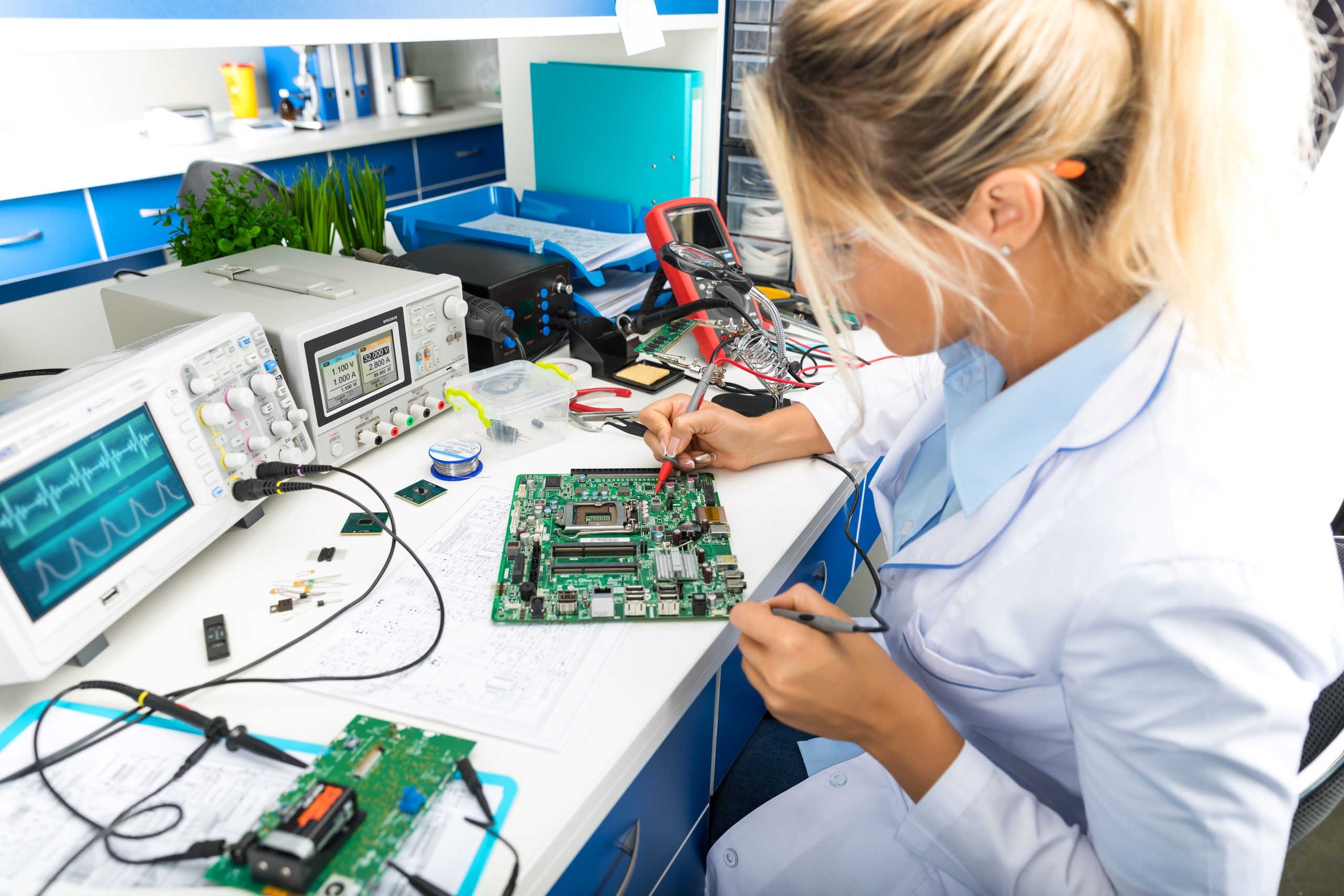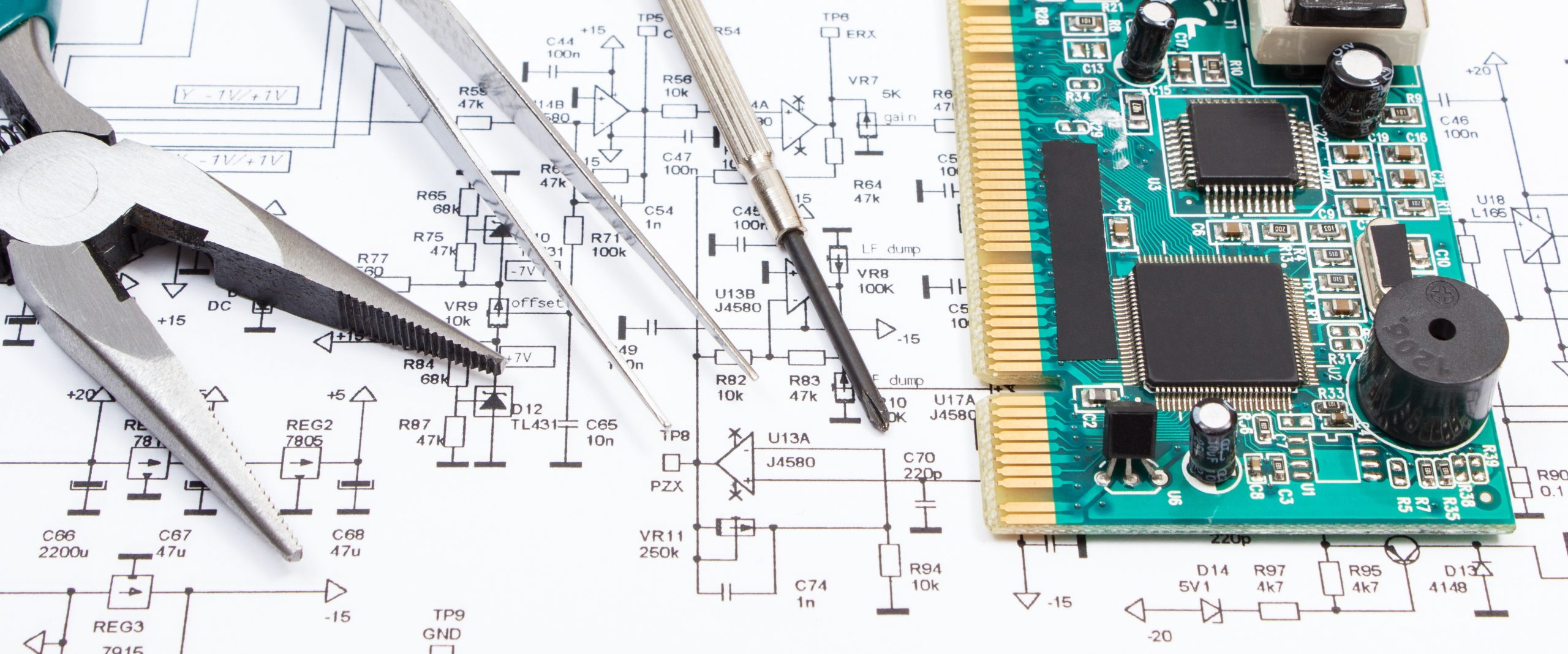Why Everyone Is Talking About Microelectronics and Semiconductors
September 27, 2022

You may not know it, but microelectronics and semiconductors are all around us. They play a critical role in our economy and government, and the global semiconductor shortage is starting to have a major impact on our lives.
An Overview of Microelectronics and Semiconductors
Microelectronics and semiconductors are at the heart of many modern electronic devices. These tiny components play a vital role in our everyday lives, from smartphones to laptops to TVs and gaming consoles.
But what exactly are microelectronics and semiconductors? In simple terms, microelectronics are electronic devices or circuits fabricated on a very small scale. This includes everything from Integrated Circuits (ICs) to Light Emitting Diodes (LEDs).
On the other hand, semiconductors are materials that can conduct electricity under certain conditions. Silicon is the best-known type of semiconductor, but other materials such as germanium and gallium arsenide are also used in microelectronics.
Microelectronics and semiconductors have a use in many applications for many years. Early examples include transistors, which were first used in electronic computers in the 1950s.
Today, they are found in everything from solar panels to medical implants. With technology continuing to evolve rapidly, microelectronics and semiconductors will likely play an even more important role in our lives in the years to come.
The Current Situation: Microelectronics and Semiconductors
The current situation with microelectronics and semiconductors is serious. There is a worldwide shortage of these products, and it is having a major impact on the economy.
The semiconductor industry is worth $573 billion, and microelectronics are used in almost every economic sector. This includes everything from phones and computers to cars and airplanes. The shortage of these products is causing delays and disruptions in the supply chain, which has a knock-on effect on the economy.
In the short term, companies must increase prices and reduce production. This will likely lead to job losses and a decrease in economic growth.
In the long term, the shortage could lead to a decline in competitiveness and an increase in inequality. The situation with microelectronics and semiconductors is serious, and it needs to be addressed urgently.
The Economy: Important Statistics
The current situation of the microelectronics and semiconductors industry is murky, to say the least. Moore’s Law – which states that the number of transistors on a chip doubles approximately every two years – has begun to falter in recent years.
More and more semiconductor companies are struggling to keep up with the rapidly-evolving landscape, and many are struggling to adapt to new technologies. The result is an industry that is in a state of flux, with no clear leader emerging.
The economy is a major factor in this situation. The global recession that began in 2008 took a toll on the microelectronics and semiconductors industry, and it has yet to recover fully.
According to The World Semiconductor Trade Statistics (WSTS), worldwide sales of semiconductors saw a dip in 2016, slowly climbing up until 2019. However, since then, we have seen a large decrease in sales due to the pandemic.
The recent pandemic played a large role in exacerbating the microelectronics and semiconductors shortage. Many factories were forced to close, and this led to a decrease in production. The result was an increase in prices and a decrease in the availability of these products.
These numbers make it clear that the microelectronics and semiconductors industry is still feeling the effects of the pandemic, and this will likely continue to be a major factor in the industry’s development over the next few years.
The Effects on the Government
The government is also feeling the effects of the microelectronics and semiconductors shortage. This is because many government products and services rely on these products. For example, microelectronics are used in military equipment, and the semiconductor shortage is causing delays in producing these items.
In addition, various government products use microelectronics, such as passports and ID cards. The semiconductor shortage is also impacting the development of new technologies, as many companies struggle to obtain the necessary components.
The military, unfortunately, is also affected. In fact, the defense sector is one of the most heavily reliant on semiconductors, with chips used in everything from radar systems to missile guidance systems. As a result, the current shortage has a major impact on military readiness.
In some cases, cancellations of training exercises were necessary due to a lack of chips. In others, the delivery of new weapons systems has been delayed. And in some instances, existing weapons systems have had to be taken offline for maintenance due to a lack of spare parts.
Given the importance of semiconductors to national defense, it is clear that the current shortage has a significant impact on the military.

Solutions to the Current Situation
There are a few possible solutions to the microelectronics and semiconductors shortage. Both the public and the government have a responsibility to address this issue going forward.
The Government
The government has taken steps to address the microelectronics and semiconductors shortage.
In August, President Biden signed an executive order that directed federal agencies to purchase microchips from domestic manufacturers. This was a major step, showing that the government is committed to supporting the microelectronics and semiconductors industry.
The government has also provided funding to support research and development in this area.
Just recently, the National Science Foundation (NSF) awarded $10 million to the Intel Corporation (SRC) to support research in semiconductor manufacturing. This is a significant amount of money, showing furthermore that the government is committed to investing in the industry.
These are positive steps, but more needs to be done to address the microelectronics and semiconductors shortage. The government needs to provide more support to the industry and work with companies to ensure that they can meet the demand for these products.
Economic Solutions
In recent years, there has been a growing concern over the state of the microelectronics and semiconductor industries. Competition from abroad, declining investments, and the ever-changing landscape of technology have all contributed to a feeling of uncertainty about the future.
However, there are solutions to these problems. With the right economic policies in place and a renewed focus on education and research, the microelectronics and semiconductor industries can once again thrive.
It is no secret that the microelectronics and semiconductor industries are facing challenges. To compete in the global marketplace, it is essential that we invest in research and development and provide incentives for companies to locate their operations here in the United States.
In addition, we must do more to encourage students to pursue careers in these industries. By promoting STEM education and providing scholarships and fellowships for students interested in pursuing a career in microelectronics or semiconductors, we can ensure that our workforce is prepared for future challenges.
Engineering and Science Research
The demand for microelectronics and semiconductors has grown exponentially as the world increasingly relies on technology. These devices are essential for powering everything from smartphones to self-driving cars, and engineers continually discover new ways to miniaturize and improve them.
However, the current situation is far from ideal. The process of creating these devices is extremely complex and expensive, and the end products are often prone to defects.
In addition, the global semiconductor market is highly consolidated, with just a handful of companies controlling nearly 87% of the market share. As a result, there is a great need for research in this field to develop more efficient production methods and create higher-quality products.
Fortunately, engineers and scientists are up to the challenge. By collaborating with industry partners, universities are helping to drive innovation in this critical area. Through cutting-edge research, they are developing new manufacturing technologies that could reduce costs while improving yield rates.
In addition, they are exploring new materials that could enable the creation of smaller, faster, and more power-efficient devices. As the world continues to evolve, microelectronics and semiconductors will play an essential role in enabling progress. With continued research and development, we can ensure that these vital components keep pace with our ever-changing needs.
Growing the Workforce and Leadership
The semiconductor and microelectronics industry is critical to the U.S. economy and national security. The industry employs over half a million workers in high-skilled, high-wage jobs and drives $300 billion in annual revenue.
Despite its importance, the semiconductor and microelectronics industry faces significant challenges in the form of a shrinking and aging workforce, declining investment in research and development, and increasing competition from China.
To address these challenges, it is essential to grow the talent pipeline and invest in R&D. The Semiconductor Industry Association (SIA) has launched a campaign to increase awareness of career opportunities in the sector and inspire the next generation of workers.
In addition, the SEMI Foundation provides financial support for programs that introduce students to microelectronics and semiconductor manufacturing.
At NSTXL, we specialize in growing the workforce by providing opportunities through government innovation. We connect leaders who are passionate about their mission with sound and innovative contracts.
We streamline the process of government acquisitions with OTAs to encourage research and grow the workforce to battle these shortages.

The Future of Microelectronics
The field of microelectronics is constantly evolving, and new advances are being made all the time. With the ever-growing demand for smaller, faster, and more powerful devices, it is clear that microelectronics will continue to play a vital role in the future. What exactly the future holds for this field is impossible to say, but there are some exciting possibilities on the horizon.
NSTXL Opportunities
NSTXL is an organization that connects government microelectronics research and development programs with the private sector. NSTXL provides a marketplace for microelectronics R&D, connecting government entities with industry and academia to solve critical challenges.
NSTXL offers a variety of microelectronics R&D contracting opportunities for
- Companies
- Universities
- Research laboratories
These contracts are designed to support the development of innovative microelectronics technologies with potential applications in national security.
If you are interested in pursuing microelectronics contracting opportunities with the federal government, NSTXL can help you get started.





